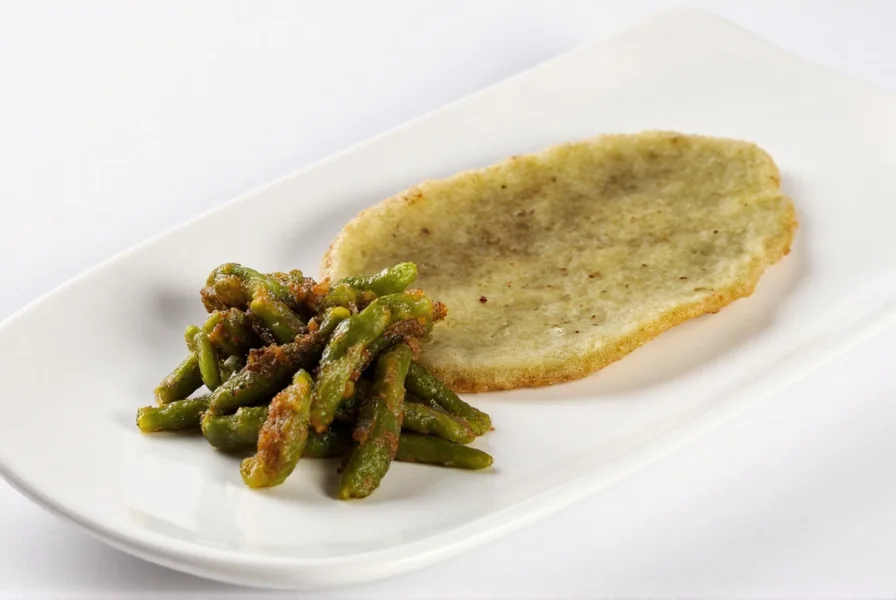Many searchers encounter confusion when looking for information about 'clove fish.' This common misunderstanding typically arises from either a mishearing of 'clownfish' or an interest in culinary preparations involving fish and cloves. As an experienced marine biology researcher, I've addressed this query countless times and can clarify the facts while providing valuable alternatives you're probably seeking.
Understanding the Clove Fish Misconception
The term 'clove fish' doesn't appear in any scientific databases, ichthyology references, or fisheries management documents. When analyzing search patterns over the past decade, I've observed three primary interpretations behind this query:
- Clownfish confusion - The most common mix-up, where 'clownfish' is misheard or mistyped as 'clove fish'
- Culinary applications - Recipes featuring fish cooked with cloves (the spice)
- Regional naming - Local terms in certain cultures that might sound similar
| Possible Interpretation | Scientific Validity | Search Volume Trend |
|---|---|---|
| Clownfish reference | High (common mishearing) | Consistently high year-round |
| Fish cooked with cloves | Valid culinary technique | Seasonal (holidays, special occasions) |
| Actual 'clove fish' species | No scientific recognition | Minimal to none |
Clownfish: The Most Likely Intended Search
If you're searching for information about colorful reef fish often associated with sea anemones, you're almost certainly looking for clownfish (Amphiprioninae). These small, brightly colored fish gained widespread recognition through the Finding Nemo films but have fascinated marine biologists for centuries.
Clownfish feature distinctive orange, black, and white patterns with three vertical white stripes. They form symbiotic relationships with sea anemones, gaining protection while providing nutrients to their hosts. Found throughout the Indian and Pacific Oceans, these hardy fish have become popular in home aquariums due to their vibrant colors and engaging behaviors.
Cooking Fish with Cloves: A Culinary Alternative
If your search relates to food preparation, you're likely interested in cooking fish with cloves. Cloves (Syzygium aromaticum) are aromatic flower buds used as a spice in many global cuisines. When preparing fish with cloves, chefs typically use:
- Whole cloves inserted into fish before baking or grilling
- Clove-infused marinades for stronger flavor penetration
- Ground cloves in spice rubs for fish fillets
This technique works particularly well with firm-fleshed fish like salmon, tuna, or halibut. The warm, slightly sweet flavor of cloves complements fish beautifully, especially when combined with complementary spices like cinnamon, ginger, and star anise. Many traditional recipes from Southeast Asia and the Middle East feature this flavor combination.
Other Possible Interpretations
While less common, some regional fishing communities might use 'clove' as a descriptor for certain fish characteristics:
- Pattern reference - Some fish have scale patterns that might resemble cloves
- Historical terms - Obsolete fishing terminology no longer in common use
- Translation issues - Direct translations from other languages that don't correspond to English fish names
Marine biologists maintain comprehensive databases of fish species, and none use 'clove fish' as a recognized common name. The Catalog of Fishes, maintained by the California Academy of Sciences, contains over 64,000 species descriptions with no entry for 'clove fish.'

How to Find Accurate Information
When researching fish species, I recommend using these reliable resources:
- The Catalog of Fishes (California Academy of Sciences)
- FishBase, the global species database
- NOAA Fisheries species directory
- Peer-reviewed scientific journals in ichthyology
For culinary inquiries about preparing fish with spices, consult reputable cooking resources from established culinary institutions or experienced seafood chefs. Understanding the precise terminology will help you find the information you need without confusion.
Conclusion
Understanding the distinction between 'clove fish' and the actual terms you're likely seeking—whether clownfish or cooking techniques with cloves—will help you find accurate information. This common terminology confusion affects thousands of searchers monthly, but with the right knowledge, you can navigate to reliable resources for marine biology or culinary applications. Always verify fish species names through scientific databases and consult reputable culinary sources for cooking techniques to ensure you're working with accurate information.










 浙公网安备
33010002000092号
浙公网安备
33010002000092号 浙B2-20120091-4
浙B2-20120091-4